Is the TREC HOA Addendum costing Sellers more?

The new TREC Addendum for Property Subject to Mandatory Membership in a PropertyOwners Association combines two paragraphs in the previous version which canpotentially cost the Seller more money at closing. Before April 1, 2021, Paragraph D of the Addendum required the BUYER to pay deposits for reserves/working capital required by the Association. The revised Addendum, […]
Earnest Money and Option Fee Key things to remember

The new Trec Contract requires Earnest Money and Option Fee to be payable anddelivered to the Escrow Agent. Delivery can be either via check, wire or third party apps. Make sure checks are made payable to Texas Title If the Option Fee is made payable to the Seller, Escrow Agent will be unable to accept, […]
Important Updates to the One to Four Family Residential Contract

In November 2020, Trec approved changes to the One-to-Four Family Residential Contract that clarify contract terms that were unclear in the role escrow plays in the transaction. These changes will take effect on April 1, 2021. What are the major changes? There are some significant changes to the TREC One-To-Four Family Residential Contract (“Contract”) worth […]
Homestead Exemption: 6 Things To Know Before You File
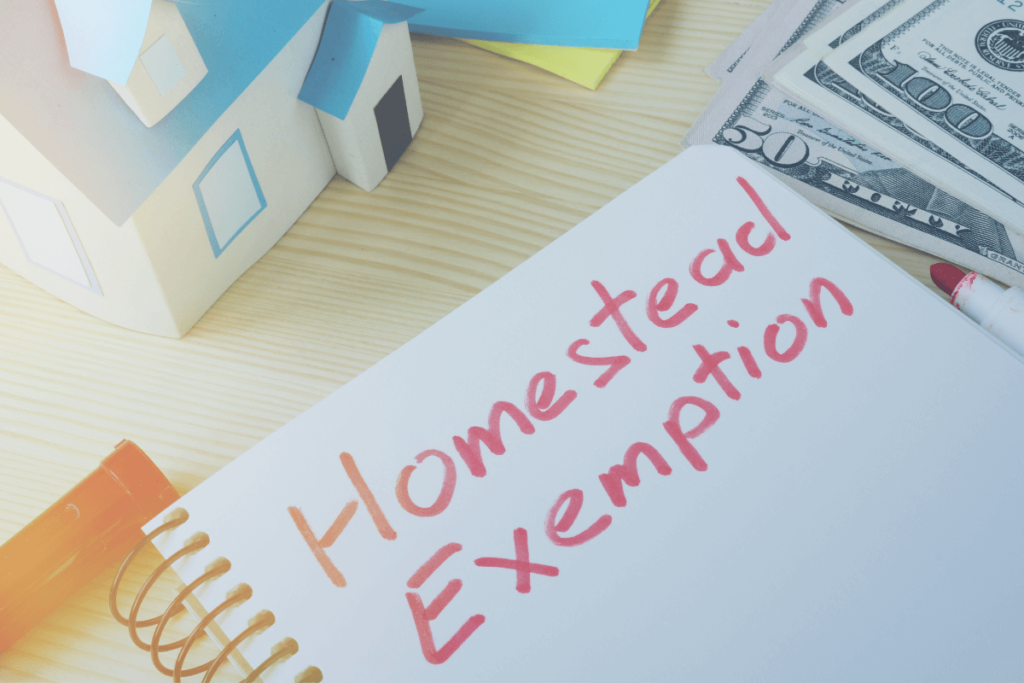
What is the purpose of a Homestead Exemption? As one of the largest ongoing expenses related to owning real estate in Texas, the savings related to the Homestead Exemption could be hundreds, if not thousands of dollars. Am I eligible to file for a Homestead Exemption? As a general rule for most taxing jurisdictions in […]
Paragraph 3 of One to Four Family Residential Contract Explained
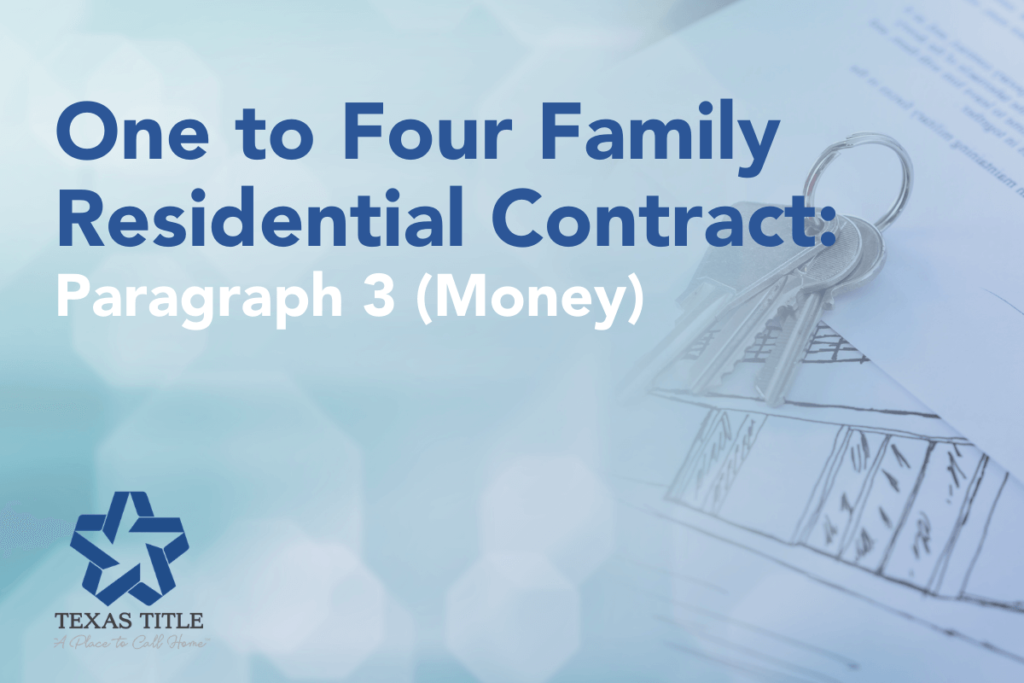
Paragraph 3 in TREC’s One to Four Family Residential Contract is known as the “money paragraph” and has caused some confusion among realtors over the years. Some license holders have misread and/or misunderstood what the paragraph is asking for, where to insert the monies, and which disclosure box to check for the proper addendum. Below […]
Paragraph 4 of One to Four Family Residential Contract Explained
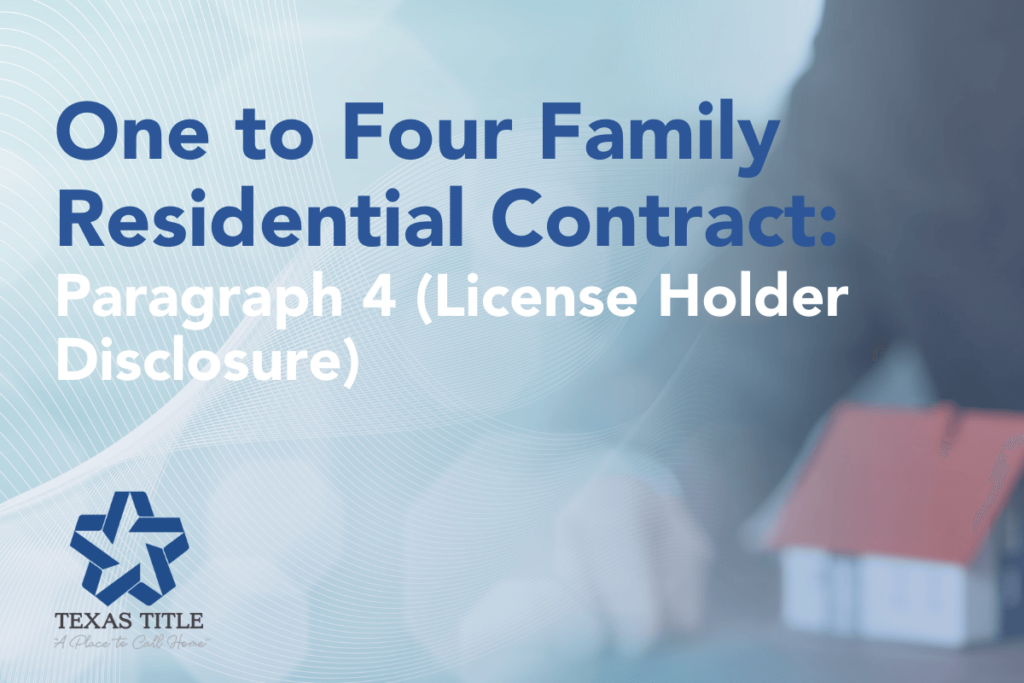
Paragraph 4 of TREC One to Four Family Residential Contract is an important section to understand. Paragraph 4 is known as the License Disclosure “section” (which replaced the Finance paragraph prior to January 1st, 2016). This was always a requirement but was not in the contract. Instead, agents were adding to Special Provisions. Texas Law […]
Paragraph 2 of One to Four Family Residential Contract Explained
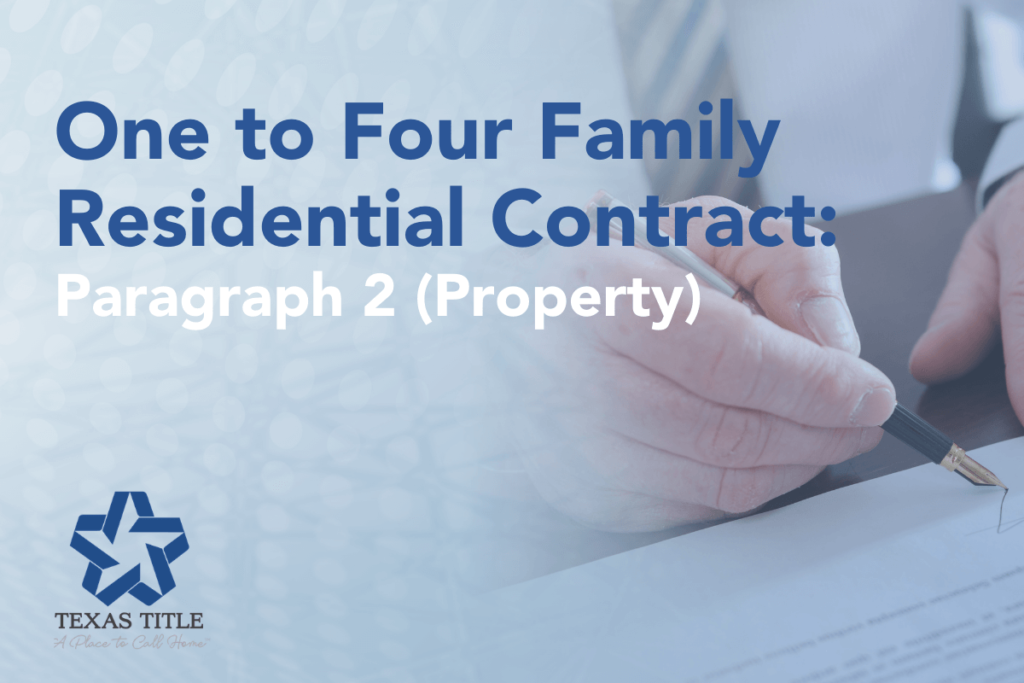
Paragraph 2 (Property) is a very important section to understand in TREC’s One to Four Family Residential Contract. Paragraph 2 pertains to the legal description of the property being conveyed and the improvements, accessories, and exclusions. PROPERTY: The land, improvements and accessories are collectively referred to as the “Property”. A. LAND: Lot______ Block _______, Addition_____, […]
Paragraph 1 of One to Four Family Residential Contract Explained
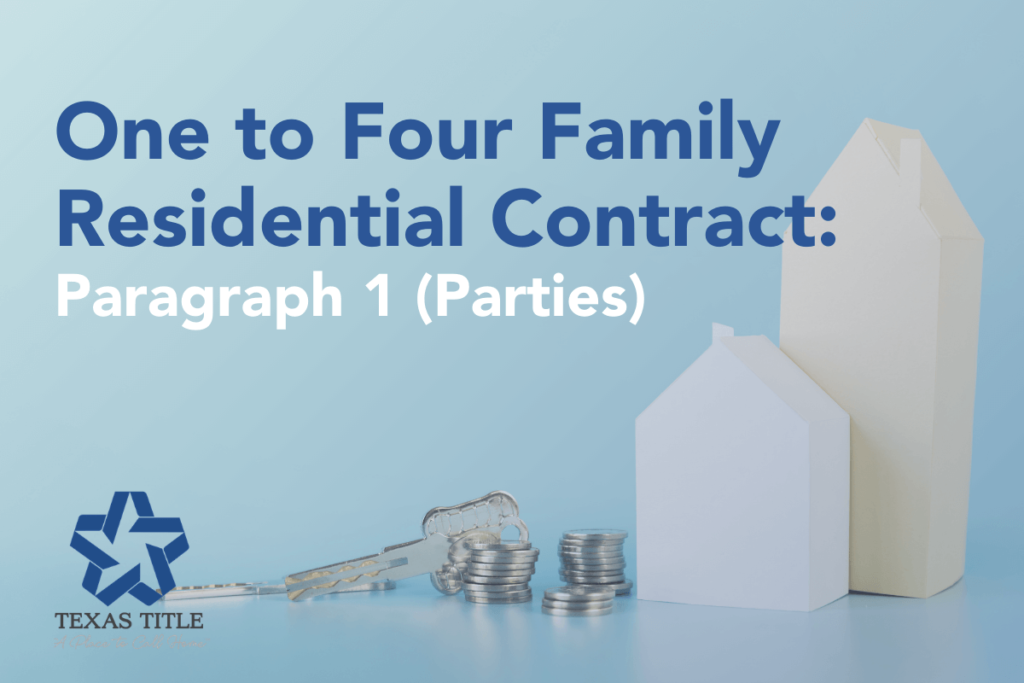
These basic housekeeping efforts should be addressed before filling in Paragraph 1 (Parties) in TREC’s One to Four Family Residential Contract. TREC promulgates six sales contracts for the public and license holders’ use. Before drafting any contract, you should always check the right corner of the form for the current date. Using an out of […]
Paragraph 5 of One to Four Family Residential Contract Explained
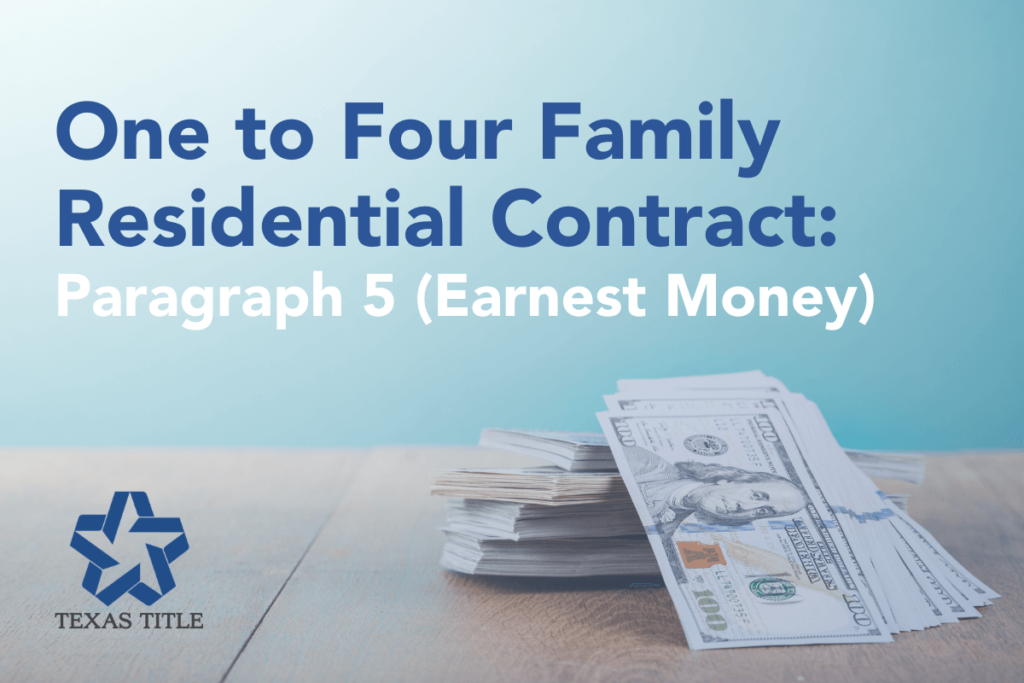
Paragraph 5 of the TREC One to Four Family Residential Contract relates to earnest money and has been the culprit for misinterpretation and confusion among real estate professionals and consumers. Often earnest money is confused with option fees in Paragraph 23. What is Earnest Money? Earnest Money is a Buyer performance agreement (not consideration) paid […]
Paragraph 6 of One to Four Family Residential Contract Explained
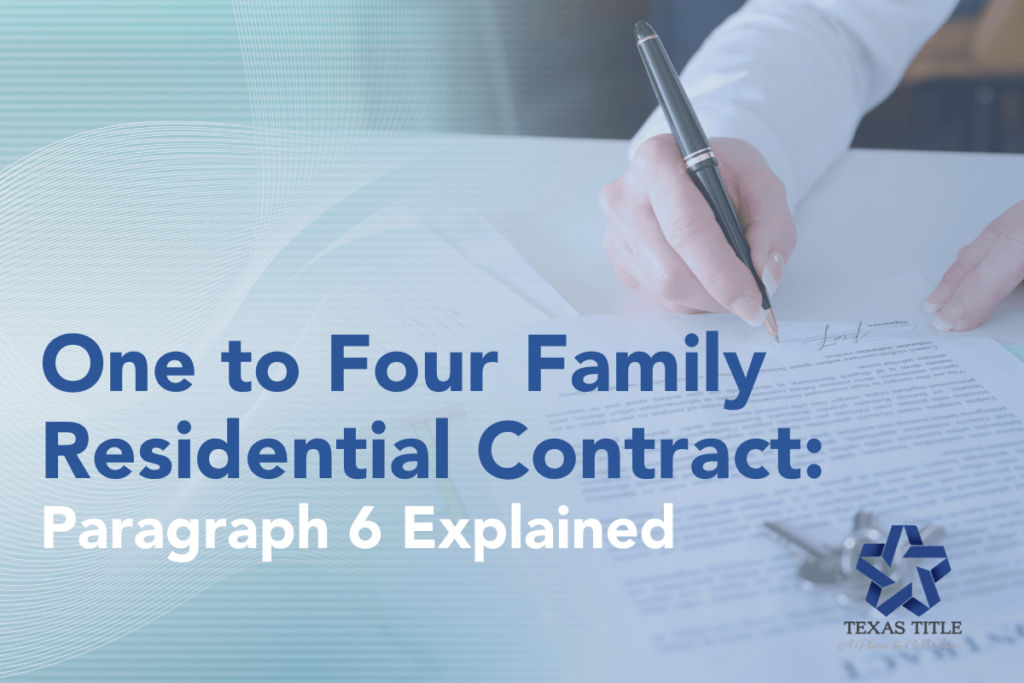
Paragraph 6 (D) is one of the most misunderstood sections in the TREC One to Four Family Residential Contract. License holders use this section to “get out “of the agreement (for example, entering the clause “single-family residential use, or single-family use”). Unfortunately, this practice is not advised or necessary to add to the blank line. […]
